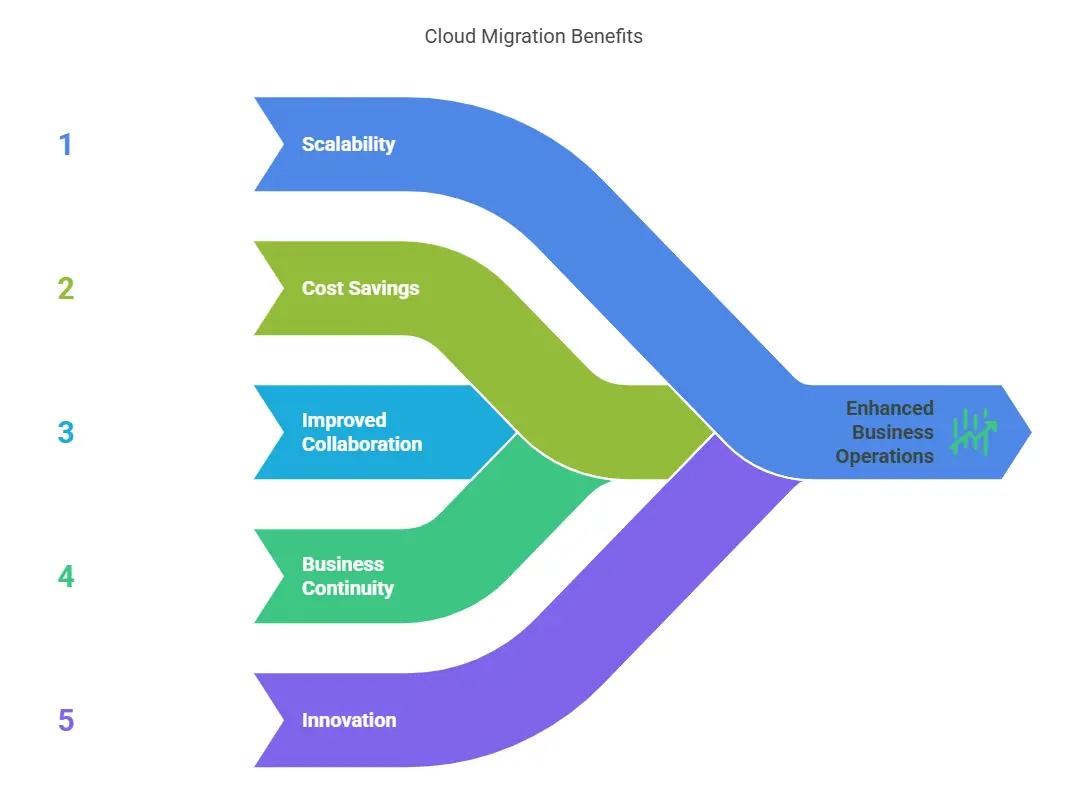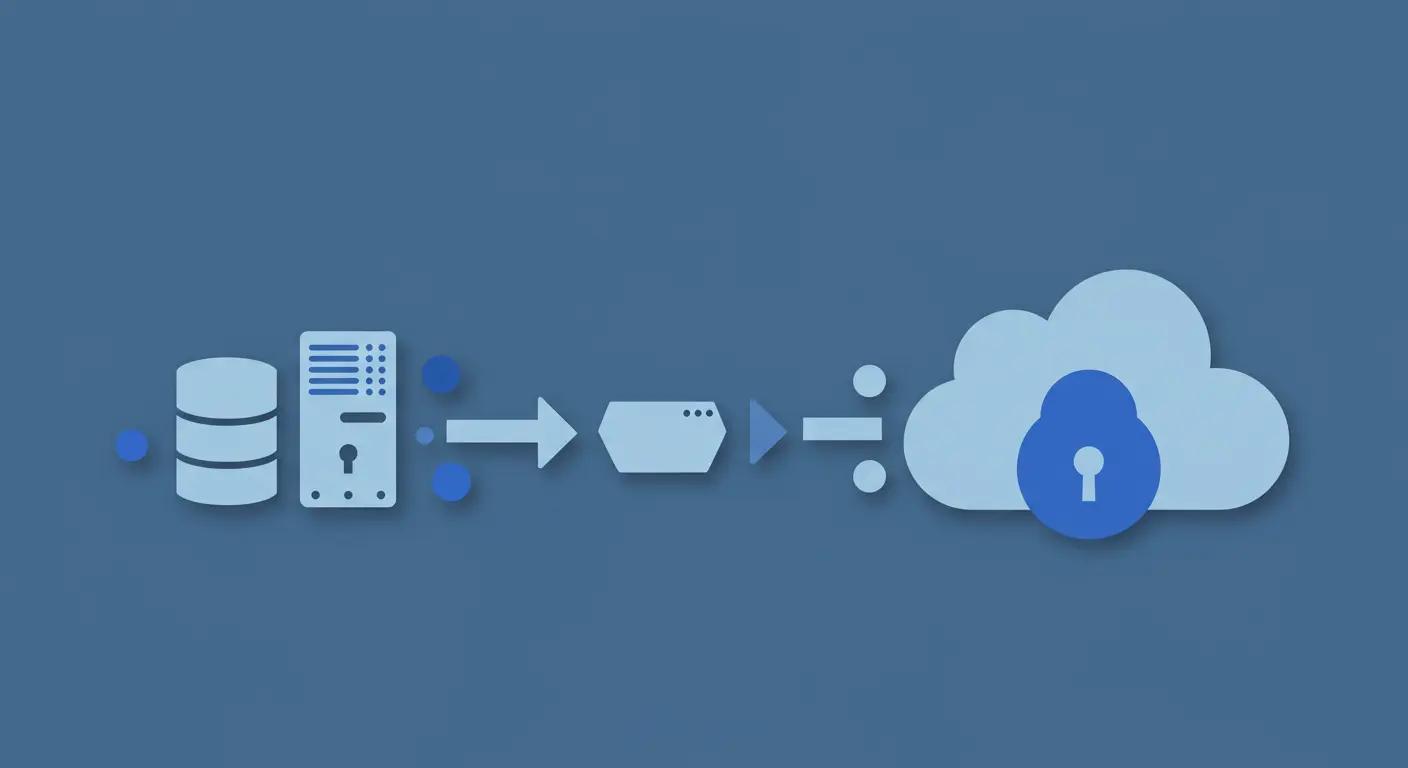
The Role of Cloud Migration in Business
Cloud Migration is now a requirement for companies who want to be fully digital and take advantage of scalability, cost-effectiveness, and innovation. With it, businesses can restructure and enhance security, as well as become more resilient with its Disaster Recovery provision. Nevertheless, a Migration failure due to imprecision, software instability, and the high cost of migration may be more costly in the end.
Through the worldwide adoption of best practices, organizations can derive the greatest benefit from their cloud investments. In addition, the potentiality for the cloud to be the platform of choice for the future is likely to increase as more and more companies integrate it into their business models.
Why Businesses Need the Cloud
Various business challenges and opportunities drive Cloud Migration. These challenges highlight the necessity for businesses to transition to the cloud, offering them different strategies to address these issues.
- Scalability: Respond to changes in business demands by scaling or descaling IT resources.
- Cost Savings: Reduce costs by paying-as-you-go and avoiding the need for a lot of investment in infrastructure.
- Improved Collaboration: Offer infrastructure support to enable remote teams to work from anywhere.
- Business Continuity: Get a backup solution that can recover lost data quickly and efficiently.
- Innovation: Quick and efficient development of new applications and services.
Yet the virtualization hinted by Cloud Migration has not virtually hardened companies against potential risks. Complacency towards the possibility of risks and perceiving efficiency as a given should be corrected from inside.

Top 8 Cloud Migration Best Practices
1. Develop a Comprehensive Cloud Migration Plan
For those who want to execute an effective Cloud Migration, it is key to begin with a well thought-out plan. Assess your current enterprise IT infrastructure, define the migration goals, and make a roadmap. Not only should you articulate the process in specific periods, but also provide implications of the budget and milestones.
2. Choose the Right Cloud Migration Strategy
Settling on the most suitable method of cloud migration is indispensable to having a trouble-free turnaround. The most common strategies are the following:
- Rehosting (Lift and Shift): Moving applications to the cloud without manipulating.
- Replatforming: Minor modifications are made to get the best cloud functionality.
- Refactoring: Redesigning software applications to be cloud-native.
- Repurchasing: A scenario where a company replaces an old application with a new one that is cloud-based.
- Retiring: The process of shutting down obsolete applications.
A winning proposal is vital for the adoption of the proper method that leads to the least inconvenience and, thus, the best efficiency.
3. Optimize Cloud Migration Costs
The real cost of a change in ways is the big problem of budget excess, due to the existence of unexpected expenses. This list of solutions will help you save money, thereby:
- Use cloud pricing calculators to estimate cost, editing the last laser stock
- Point out cost-saving options, for example, reserved instances and auto-scaling.
- Optimize workloads after the migration to stop unnecessary spending.
4. Leverage Reliable Cloud Migration Tools
The right software use can stop the migration from becoming a hazard and can make it the easiest task. Certain qualities of Cloud Migration tools that serve for effective migration are:
- Using automation to recreate the load.
- Cloud platform-independent.
- Control of security and compliance.

5. Prioritize Security and Compliance
During the migration, data security is very important. The most secure methods include:
- Encrypting the data before, during, and after the migration process.
- Role-based access controls (RBAC) implementation.
- Following the industry norms that include GDPR, HIPAA, SOC 2, etc.
6. Conduct Thorough Testing Before Full Deployment
To avoid any performance glitches, conduct complete testing like the following:
- Application Testing: Making sure the application works correctly in the new cloud environment.
- Load Testing: Testing the system's performance when different workloads are used.
- Security Audits: Looking for weaknesses that could be exploited before final deployment.
7. Plan for Cloud-to-Cloud Migration Scenarios
Many companies are using the multi-cloud concept or are changing providers to be more flexible and cost-effective. A Cloud Migration scenario where one has planned involving multiple cloud platforms should:
- Ensure that there are no obstacles to data portability and interoperability.
- Use only migration tools which can execute the transitions smoothly and cross cloud.
- Execute downtime by migrating to the clouds in stages.
8. Engage Professional Cloud Migration Services
Not all businesses have the in-house skills for the migration. By engaging cloud migration service providers, you will benefit from:
- Expert advice on things that should be in place.
- Much quicker and safer migration that is error-free.
- Post-Migration Support and Optimization.
How Wanclouds Can Simplify Your Cloud Migration Journey
It is not as difficult as you may think. Wanclouds provides team-led Multiple Cloud Migration services that are cost-effective and straightforward, and thus ensure a seamless and cost-effective transition. Our Multiple Cloud Migration considerations involve security, cost optimization, and full automation.
Key Features of Wanclouds Migration as a Service:
- Pay-As-You-Migrate: A pricing structure that you can adapt to your budget.
- Seamless Automation: Eliminates human errors and speeds up the migration process.
- Cross-Cloud Portability: The application being moved can easily be used on one of the other providers' platforms.
- Super-Fast Migration: Conversion of entire data you can measure in hours, not weeks.
- Disaster Recovery as a Service (DRaaS): Protected backups and on-demand recovery.
If you decide to, visit our website, or you might prefer to hire the help of our sales team, email at [email protected].